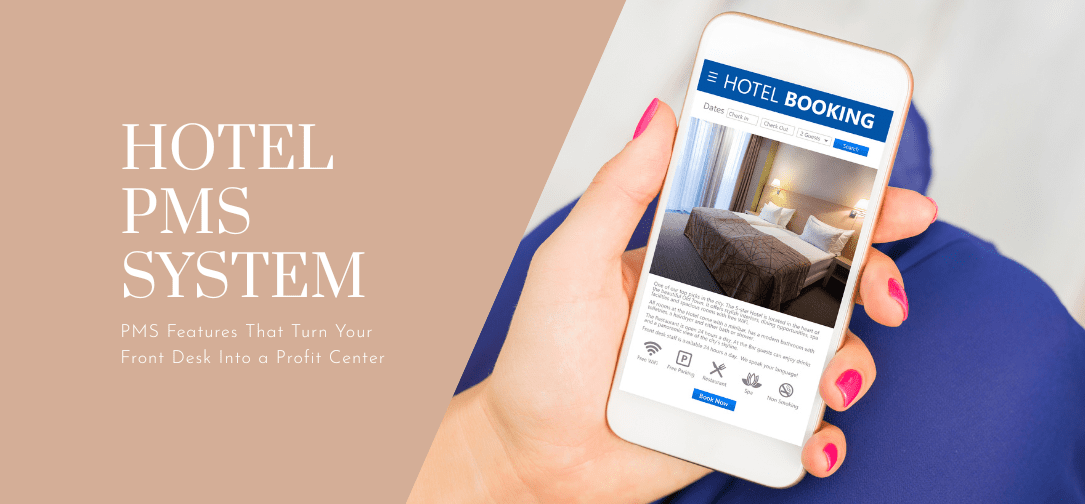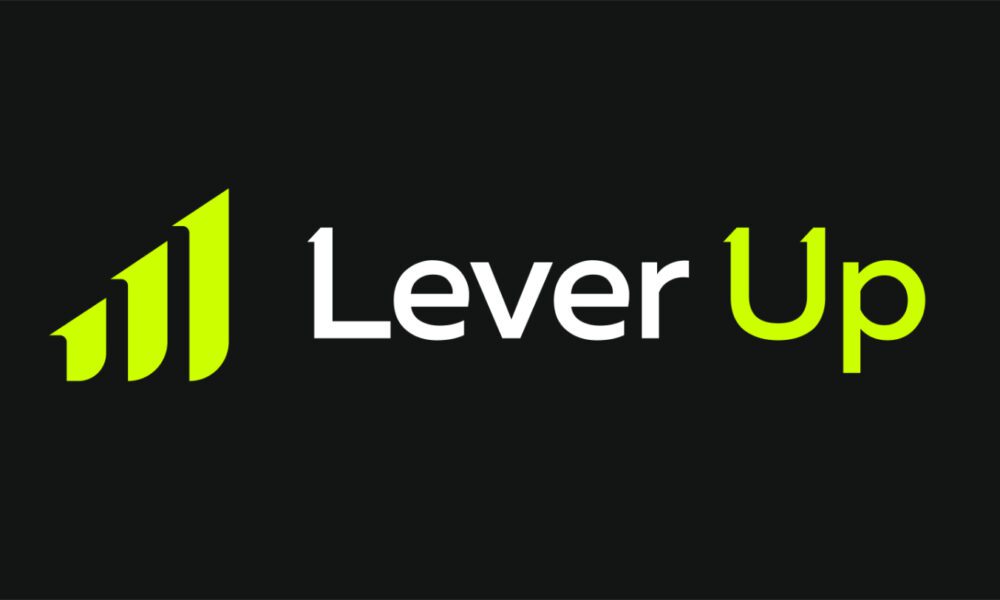On a busy weekend, your front desk can feel like an air-traffic control tower; the difference between calm and chaos isn’t luck, it’s the software that runs the day. If you’re weighing options, start with a plain-English reference like our small hotel PMS system key features guide; it outlines what owners should verify before signing and keeps the conversation focused on outcomes, not buzzwords.
Why the right system is a business decision, not an IT project
For an owner reading a business news site, the question is simple: Will this investment pay back quickly and predictably? A modern small hotel PMS system should do three things every day without drama: protect revenue by keeping prices, restrictions and availability in sync everywhere so you sell the last room once and at the correct rate; reduce friction so check-in/out, payments and folios are effortless for guests and staff; and create clarity by surfacing the KPIs you actually use occupancy, ADR, RevPAR and pace so decisions happen in minutes, not meetings. When those three boxes are ticked, your hotel front desk software shifts from cost to a quiet advantage.
Translate features into balance-sheet outcomes
It’s easy to drown in feature lists; here’s how to view the key features of hotel reservation systems through a P&L lens.
Real-time availability and rate integrity reduce overbookings and empty rooms by making the PMS the source of truth and pushing fast, two-way updates to your website and channels. Hence, a two-night minimum for a holiday weekend appears within minutes everywhere.
Front-desk workflows anyone can master shorten queues and lift review scores: a drag-and-drop calendar for room moves, quick date changes, and partial-stay adjustments that don’t break taxes or totals; if a new hire can’t grasp the basics in under an hour, the tool will slow you down.
Transparent folios, deposits, and refunds lower disputes and chargebacks because guests see clean itemisation of room, taxes, and fees, and refund actions leave an audit trail of who did what, when, and why.
Housekeeping and maintenance in the same loop speeds turns through a live board (Dirty/Clean/Inspected) and photo notes for quick fixes, which means more sellable rooms by mid-afternoon.
Payments that just work reduce risk and add convenience by using tokenised cards, 3-D Secure where required, and pay-by-link for late arrivals, while keeping raw card data out of staff view.
Reporting you’ll actually read enables smarter pricing and steadier cash flow because the dashboard shows yesterday’s results and the next 30/60/90 days at a glance; if midweek pace is soft, you tighten fences for weekends and craft a small midweek offer now, not after month-end.
Integrations that extend revenue turn your stack into one storefront by connecting PMS, booking engine, channel manager, POS, and door locks so the guest experiences one brand while you experience fewer manual fixes.
The short list: must-haves for a small hotel PMS system
Use this owner-friendly filter when you demo vendors. You want unified inventory with pooled rooms across your site and OTAs (not fragile allocations); derived rates so Semi-Flex and Non-Refundable inherit from your base and pricing doesn’t drift; restriction parity so LOS and CTA/CTD push to channels quickly and consistently; role-based access so a well-meaning “quick fix” can’t break parity; clean exports so night-audit totals and tax breakdowns drop into accounting without hand edits; and human support so at 10 p.m., when the lobby is complete, you reach a real helper, not a ticket number.
Evaluate hotel front desk software with five live tests
A boardroom slide deck is not evidence. Ask providers to run these, live: raise Saturday’s base rate by $20 and confirm your site and two channels reflect it within minutes; add a two-night minimum for a key weekend and attempt a one-night booking on your site and an OTA both should decline with a helpful message; shorten a stay and move rooms on the calendar and watch totals recalc automatically; process a partial refund and confirm the folio, reports and payment log match instantly; open the dashboard and read yesterday’s occupancy, ADR, RevPAR and pace for the next 30 days if it isn’t obvious, it won’t be used.
The business case in plain numbers
Owners usually see payback from a stronger small hotel PMS system in three streams. Revenue lift arrives as restrictions and rates align across storefronts, catching high-yield nights and protecting weekends; cost reduction shows up as cleaner reservation write-backs, transparent folios and fewer corrections and chargebacks along with fewer labour hours lost to rework; decision speed improves because reliable daily KPIs shrink the distance from “we should” to “we did,” and minor adjustments applied consistently compound into meaningful cash flow.
Implementation without disruption: how to land change smoothly
Begin by clarifying your selling story so the organisation speaks one language choose the three live rates you actually intend to sell (typically Flexible, Semi-Flex and Non-Refundable), standardise room names and photos so what the website promises is exactly what channels display and the front desk recognises, and rewrite deposit, cancellation and local-tax policy text in guest-friendly terms that appear consistently in confirmations and at the desk; once the narrative is consistent, connect your storefronts so the PMS acts as the source of truth while the booking engine becomes the easiest place to buy and the channel manager broadcasts rates, restrictions and availability with discipline, which means that when you change pricing or set a two-night minimum it appears everywhere quickly, when a booking lands at midnight the room closes out elsewhere instantly and when plans change the confirmation and folio update without a staff chase; then prove the setup with real-world journeys rather than spreadsheets by booking a one-night midweek direct, a three-night weekend on an OTA, a corporate stay that needs a company invoice and a family reservation that changes dates, and by cancelling one booking and processing a partial refund so you can confirm that prices match, totals add up, emails make sense and write-backs arrive without error, after which you institutionalise a short operating rhythm a ten-minute morning review of yesterday’s KPIs, near-term pace, channel mix and any failed pushes, with clear ownership for rates, folios/taxes and content so the new habits persist after launch.
Tie PMS, reservations, and distribution into one storefront
Think of your stack as a single commercial engine: the key features of hotel reservation systems capture demand; your hotel front desk software delivers a smooth stay; and the small hotel PMS system keeps every moving part aligned. When the three act as one, your brand presents clearly to guests, and your numbers add up without detective work precisely where margin lives.
Pitfalls to avoid so the wins stick
Avoid manual rate copying; use derived rates, or your pricing will drift under pressure. Don’t bury or rename fees; hidden charges become poor reviews and chargebacks. Keep permissions tight; unlimited access invites accidental parity breaks. And resist set-and-forget dashboards; if daily KPIs aren’t reviewed, you won’t course-correct in time.
A vendor conversation starter (print this)
“Show me, live, a date change that recalculates totals and sends a clear email; what happens when internet drops for ten minutes and what syncs when it returns; how quickly do my rate and restriction changes hit Booking.com and my website; if we outgrow you, how do we export our data; and who do we call at 10 p.m. when something breaks and how fast do they respond?” Crisp answers signal an operator’s mindset, not just a software pitch.
The bottom line for owners
Great hospitality is human; great hotel businesses are systematic. Choose hotel front desk software and a small hotel PMS system that make smart habits easy: consistent pricing, tidy folios, and fast insight. Anchor on outcomes that profit you and time you can reuse. When the key features of hotel reservation systems are implemented with a clear story, clean connections, and a short daily rhythm, technology stops feeling like overhead. It starts reading like a stronger P&L: a calm lobby, confident reviews, and a front desk that sells smarter every day.



































